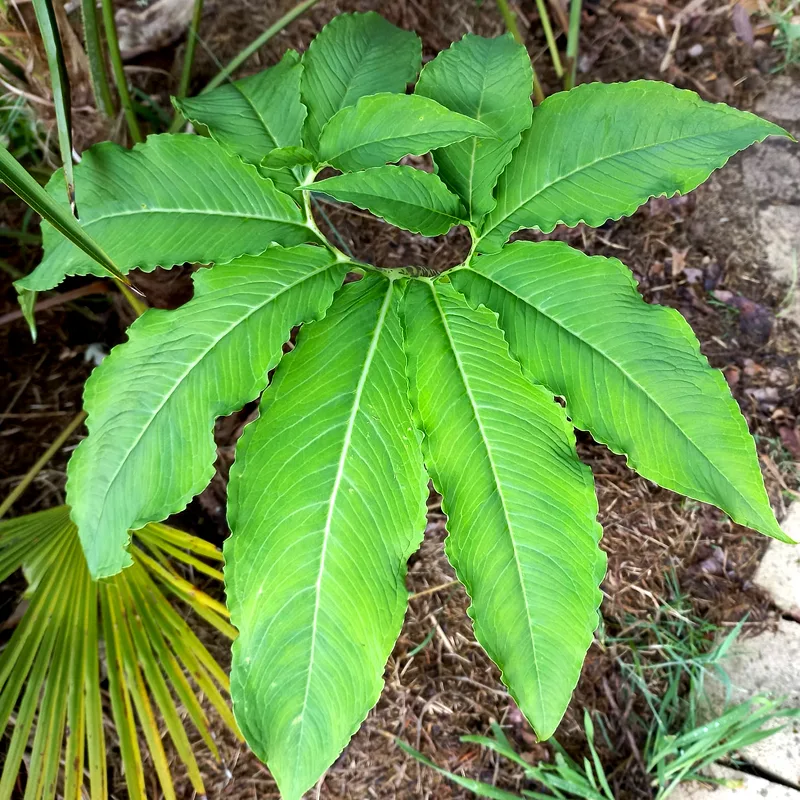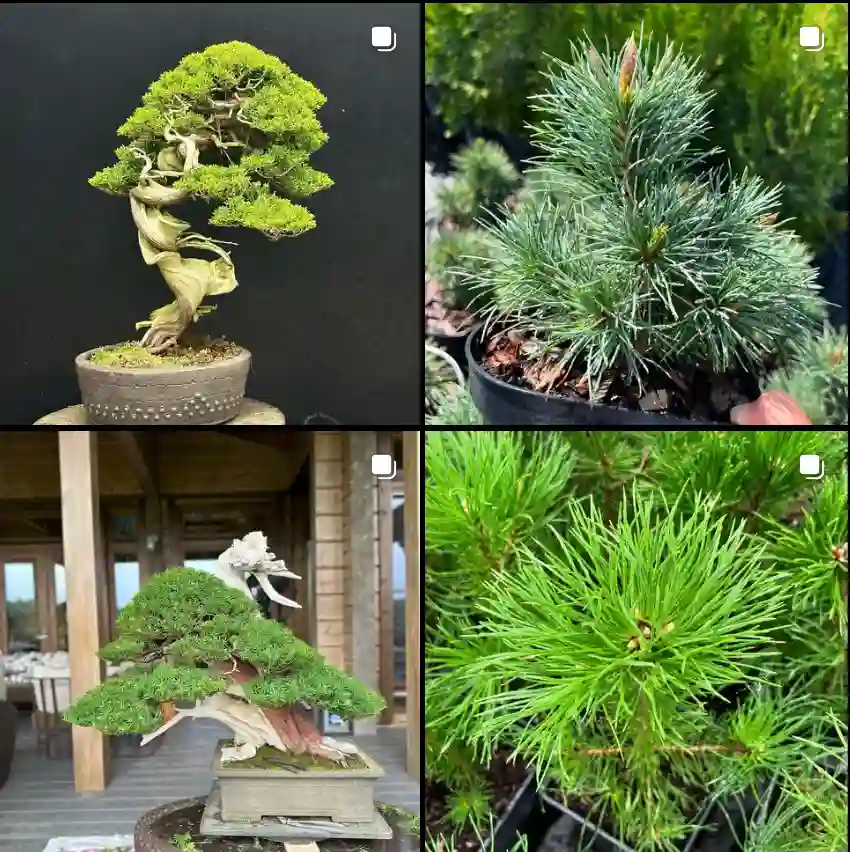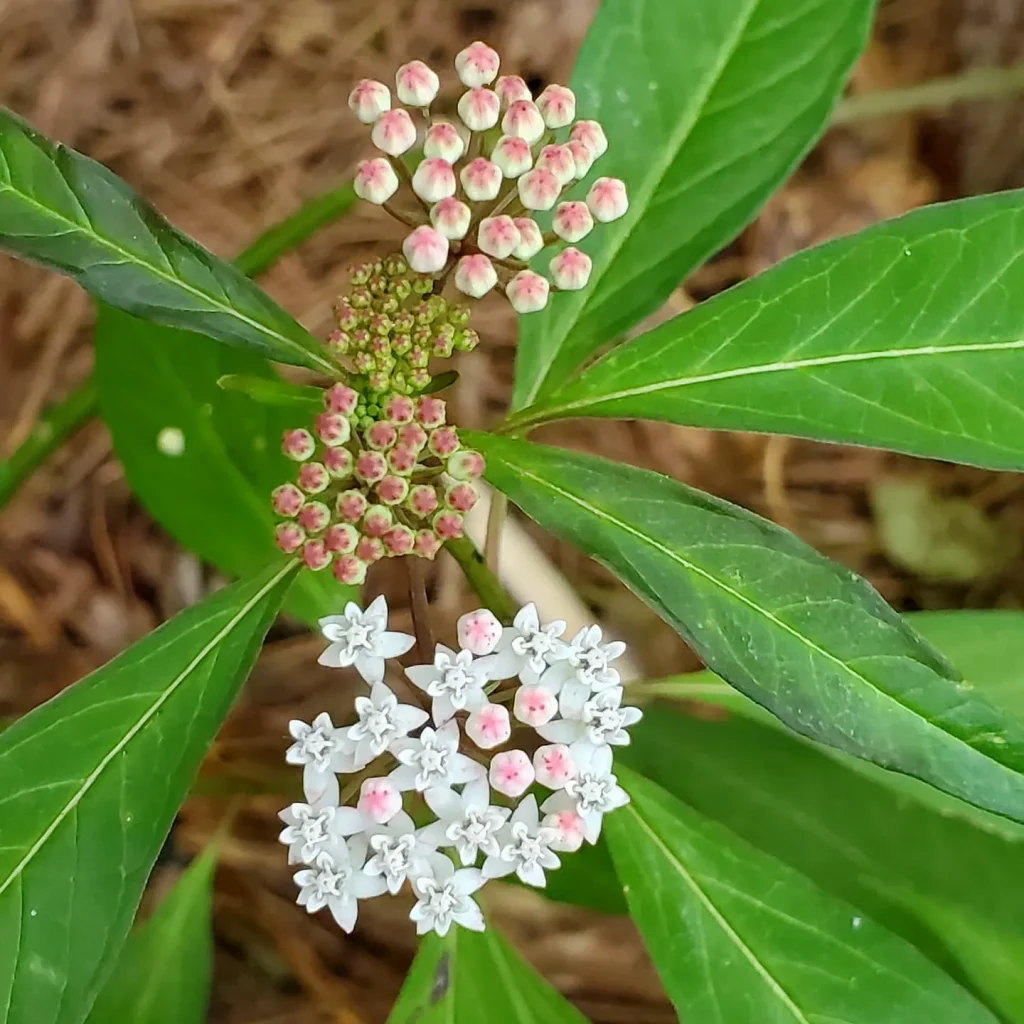Scindapsus Lucens: Unveiling the Secrets of the Silvery Satin Beauty
Hi, Ferb Vu here! Today, we’re diving deep into the world of the Scindapsus Lucens, a captivating houseplant renowned for its shimmering, silvery-green foliage. Whether you’re a seasoned plant collector or a curious newbie, this FAQ will equip you with the knowledge to cultivate a thriving Scindapsus Lucens.
36 Species in Genus Scindapsus
What Makes Scindapsus Lucens Special?
The Scindapsus Lucens stands out with its unique aesthetic. Unlike its close relative, the ubiquitous Pothos, the Lucens boasts a more textured, almost leathery leaf. The true showstopper, however, is the mesmerizing variegation. Silvery-white streaks dance across the deep green canvas, creating a captivating, almost pearlescent effect. This captivating quality has earned it the nickname “Silvery Satin.”
Beyond its looks, the Scindapsus Lucens is a dream for beginner plant parents. It’s incredibly forgiving, tolerating a wide range of light conditions and occasional neglect. This easy-going nature, coupled with its air-purifying properties, makes it a perfect addition to any home.
Scindapsus Lucens vs. Pothos
While the Scindapsus Lucens and Pothos share the same family (Araceae), they possess distinct characteristics. Here’s a quick breakdown:
- Leaves:
- Scindapsus Lucens: Thicker, textured leaves with a silvery-green variegation.
- Pothos: Thinner, glossier leaves with a wider variety of variegation patterns.
- Growth Habit: Both plants are trailing vines. However, the Scindapsus Lucens tends to grow slower and more compactly compared to the fast-growing Pothos.
- Light Requirements: Both prefer indirect light. However, the Scindapsus Lucens can tolerate lower light levels better than the Pothos.
- Watering Needs: Both require well-draining soil and moderate watering. The Scindapsus Lucens might need slightly less watering due to its thicker leaves.
Ultimately, the choice between these two beauties depends on your preference. If you crave a unique, silvery foliage and a more manageable growth pattern, the Scindapsus Lucens might be your perfect match.
How to Care for Your Scindapsus Lucens?
Providing optimal care for your Scindapsus Lucens is surprisingly straightforward. Here’s what you need to know:
- Light: Medium to low indirect light is ideal. Avoid harsh, direct sunlight that can scorch the leaves.
- Watering: Water thoroughly when the top inch of soil feels dry. Overwatering is a major threat, so err on the side of underwatering.
- Soil: Use a well-draining potting mix specifically formulated for aroids. You can create your own by mixing potting soil with perlite or orchid bark for added drainage.
- Humidity: While Scindapsus Lucens can tolerate average room humidity, it thrives in a more humid environment. Grouping plants together or using a humidifier can help increase humidity levels.
- Fertilizer: Apply a balanced liquid fertilizer during the growing season (spring and summer) at half strength, following the product instructions.
- Pruning: Regular pruning encourages bushier growth and helps maintain a desired shape. Simply snip off leggy stems using sharp, sterilized pruning shears.
Common Problems and Solutions
Even with the best intentions, issues can arise. Here are some common problems and solutions to keep your Scindapsus Lucens happy:
- Brown Leaves:
- Cause: Underwatering or overwatering.
- Solution: Adjust your watering frequency based on the soil moisture.
- Yellowing Leaves:
- Cause: Excessive light or nutrient deficiency.
- Solution: Move the plant to a location with lower light or fertilize with a balanced fertilizer.
- Leggy Growth:
- Cause: Insufficient light.
- Solution: Provide brighter indirect light to encourage fuller growth.
- Pests:
- Cause: Mealybugs, spider mites, or scale insects can infest Scindapsus Lucens.
- Solution: Isolate the plant and treat it with insecticidal soap or neem oil solution.
By following these simple guidelines and addressing any problems promptly, you can ensure your Scindapsus Lucens thrives for years to come.
Propagating Your Scindapsus Lucens: Sharing the Silvery Love
Sharing the beauty of your Scindapsus Lucens is easy! This plant propagates readily through stem cuttings. Here’s how:
- Select a healthy stem with at least two nodes (leaf junctions).
- Cut the stem below a node at a 45-degree angle using sharp, sterilized pruning shears.
- Remove any lower leaves that might be submerged in water.
- You can propagate in water or directly in soil.
- For water propagation, place the cutting in a jar or vase filled with fresh, room-temperature water, ensuring at least one node is submerged.
- For soil propagation, plant the cutting in a pot filled with a well-draining potting mix. Water lightly and keep the soil moist but not soggy.
- Whichever method you choose, place the pot or jar in a warm location with bright, indirect light.
- For water propagation, change the water every few days to prevent bacterial growth. Roots should develop within a couple of weeks. Once the roots reach about an inch long, you can transplant the cutting into a pot with fresh potting mix.
- For soil propagation, mist the soil occasionally to maintain moisture. New growth should appear within a few weeks.
With a little patience, you’ll soon have brand new Scindapsus Lucens plants to grace your home or share with loved ones.
Conclusion: The Allure of the Scindapsus Lucens
The Scindapsus Lucens is a captivating houseplant that offers a unique combination of beauty, resilience, and ease of care. Its silvery-green foliage adds a touch of elegance to any space, while its forgiving nature makes it ideal for plant enthusiasts of all experience levels. With proper care and propagation techniques, you can cultivate a thriving Scindapsus Lucens that will bring joy to your home for years to come.
So, are you ready to unveil the secrets of the Silvery Satin beauty? With the knowledge you’ve gained today, you’re well on your way to becoming a Scindapsus Lucens pro!
If i die, water my plants!



